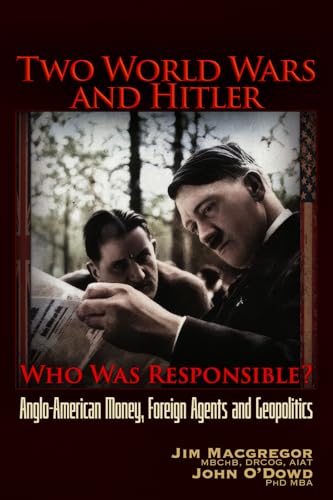
Dance of the Furies
by Michael S. Neiberg
"Europe and the Outbreak of World War I"
Popularity
4.41 / 5
* A book's popularity is determined by how it compares to all other books on this website.
Where to buy?
Buy from Amazon* If you buy this book through the link above, we may receive a small commission at no extra cost to you.
Dance of the Furies by Michael S. Neiberg
Details
War:
World War I
Perspective:
Researcher
True Story:
Yes
Biography:
No
Region:
Europe
Page Count:
331
Published Date:
2011
ISBN13:
9780674061170
Description
Main Themes and Topics
"Dance of the Furies" by Michael S. Neiberg offers a reexamination of the widely accepted narrative surrounding the outbreak of World War I. The book challenges the idea that ordinary Europeans were eager participants, driven by nationalist fervor, to engage in mass warfare. Instead, Neiberg presents a nuanced view based on letters, diaries, and memoirs, which depict Europeans as largely unaware and unprepared for the war's sudden onset. He illustrates how the war was, for many, an unexpected intrusion into their lives, catalyzed not by widespread nationalist desire, but by the decisions of political and military leaders. Neiberg's exploration of the true sentiments of the European populace during the tumultuous period of 1914 offers valuable insights into how the initial surprise and disillusionment transitioned into the tragic momentum of war.
Writing Style and Tone
Neiberg's writing style in "Dance of the Furies" is both scholarly and accessible, making complex historical arguments understandable for general readers while maintaining academic rigor. His tone is empathetic as he brings forward the voices and perspectives of ordinary citizens whose experiences have often been overshadowed by the dominant narratives of history. By focusing on personal stories, Neiberg effectively humanizes a large-scale historical event, encouraging readers to contemplate the personal dimensions of war and its impact on society.
Brief Summary
"Dance of the Furies" delves into the lived experiences of ordinary Europeans during the outbreak of World War I, distancing itself from the traditional depiction of a Europe brimming with nationalist fervor. Through an astute examination of personal documents, Neiberg reveals a populace caught off guard by a crisis that started small and expanded into an unfathomable calamity. The book tracks the initial disbelief and horror that many Europeans felt as diplomatic tensions spiraled into a full-scale war, and how collective sentiments evolved in response to government propaganda and the realities of prolonged conflict. Neiberg's work stands out for its focus on the human aspect of a conflict traditionally viewed through the lens of political and military strategy.









